In the realm of transportation and logistics, the safety and security of cargo are paramount. The Department of Transportation (DOT) sets stringent guidelines to ensure that goods are transported safely across the nation. One critical aspect of these regulations pertains to strapping requirements for semi-trailers. At CarMax Vehicle, we understand the intricacies of these regulations and provide top-tier solutions to help our clients achieve and maintain compliance.
Understanding DOT Regulations for Strapping
The DOT oversees the safety standards for commercial vehicles, including semi-trailers. Among its regulations, the Federal Motor Carrier Safety Regulations (FMCSRs) outline specific requirements for cargo securement. These guidelines are designed to prevent cargo from shifting, falling, or detaching during transit, thereby minimizing accidents and ensuring the integrity of the transported goods.
Key DOT Strapping Standards
- Cargo Securement Systems (CSS): Must conform to FMCSA regulations, ensuring that cargo is adequately restrained.
- Load Distribution: Straps must distribute weight evenly to prevent trailer instability.
- Strength and Durability: Strapping materials must withstand specific tensile forces without failure.
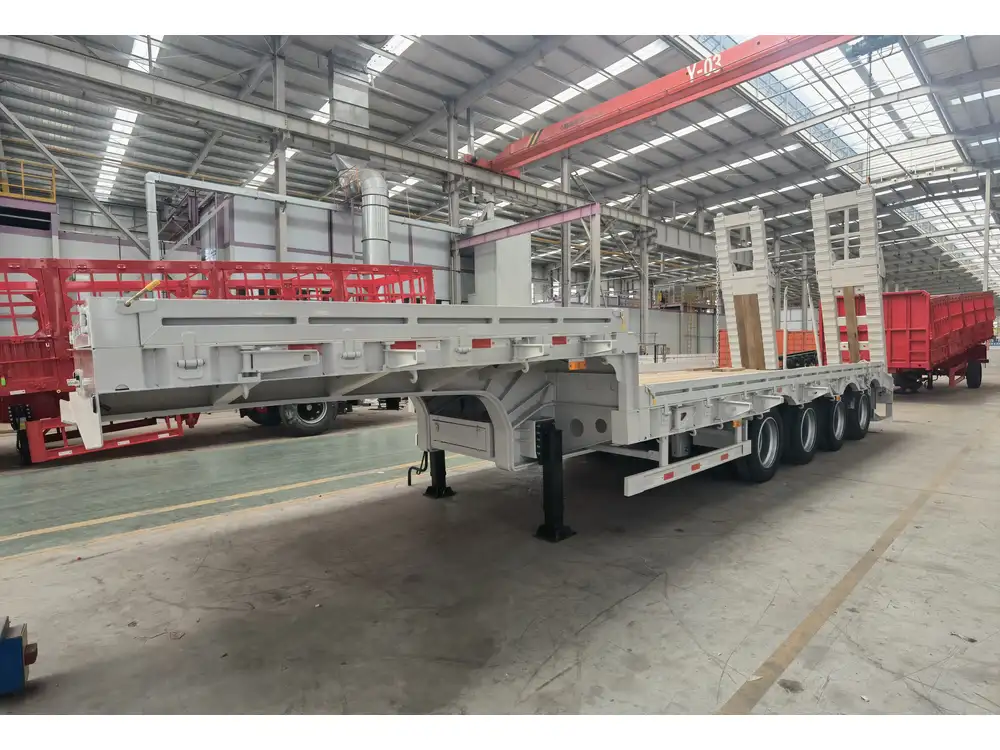
Types of Strapping Approved by DOT
Selecting the appropriate strapping material is crucial for compliance and safety. The DOT recognizes several types of strapping, each suited for different cargo types and transportation conditions.
Commonly Approved Strapping Materials
| Type of Strapping | Material | Features | Best For |
|---|---|---|---|
| Polyester Straps | Polyester fibers | High strength, UV-resistant, minimal stretch | General cargo securement |
| Nylon Straps | Nylon fibers | Excellent elasticity, shock absorption | Heavy machinery, dynamic loads |
| Steel Straps | Galvanized steel | Maximum tensile strength, non-elastic | Extremely heavy or bulky items |
| Polypropylene Straps | Polypropylene rubber | Cost-effective, water-resistant | Light to medium loads |
Specialized Strapping Systems
- Ratchet Straps: Provide adjustable tension with a ratcheting mechanism, ideal for securing irregular loads.
- Cam Buckle Straps: Simple and quick to use, suitable for lighter loads and frequent load changes.
- Alligator Straps: Feature a metal toe that grips the cargo, preventing slippage during transit.
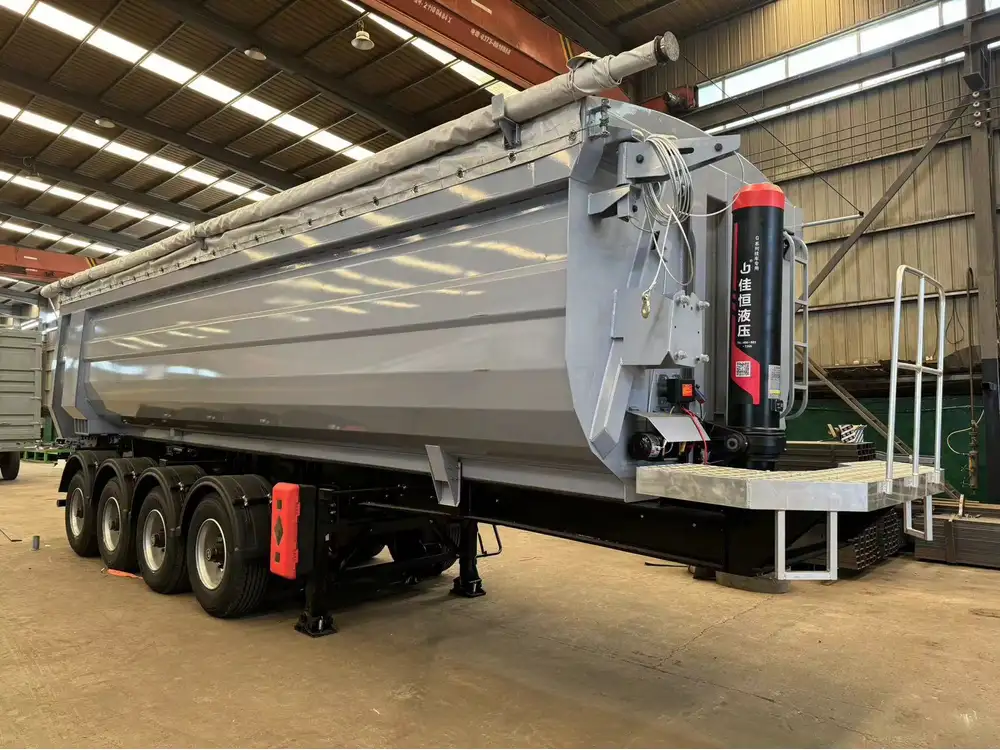
Strapping Placement and Load Distribution
Proper placement and distribution of strapping are essential for maintaining load stability. The DOT mandates that strapping must be arranged to prevent any movement of the cargo that could compromise vehicle control.
Guidelines for Effective Strapping Placement
- Assess Cargo Dimensions: Measure the length, width, and height to determine optimal strapping points.
- Center of Gravity: Position straps to maintain the cargo’s center of gravity, enhancing trailer stability.
- Even Distribution: Space straps evenly across the load to prevent localized stress and potential failure points.
- Cross-Tensioning: Utilize multiple straps in a crisscross pattern to secure the cargo from various angles.
Load Distribution Strategies
- Use of Load Bars: Install load bars to distribute strapping forces evenly across the trailer floor.
- Spacing Between Straps: Maintain appropriate spacing (typically 7-10 feet apart) to ensure uniform securement.
- Symmetrical Arrangement: Ensure that straps are mirrored on both sides of the trailer for balanced load distribution.
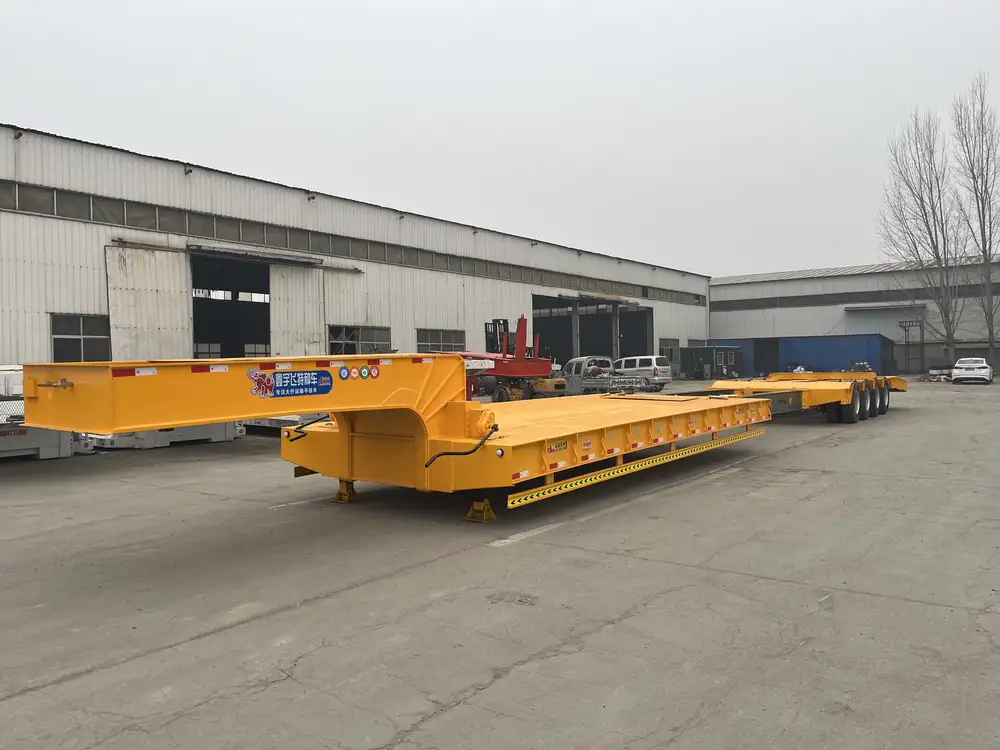
Tension and Securing Techniques
Achieving the correct tension is critical for effective cargo securement. Over-tightening can damage the cargo, while under-tightening may allow movement during transit.
Proper Tensioning Methods
- Ratchet Straps: Engage the ratchet mechanism until the strap is taut, avoiding excessive force.
- Cam Buckle Straps: Pull the strap until snug and secure, ensuring no slack remains.
- Steel Straps: Utilize turnbuckles to apply consistent tension, following manufacturer guidelines.
Common Mistakes to Avoid
- Insufficient Tension: Leaving slack can lead to cargo shifting and increased risk of accidents.
- Over-Tensioning: Excessive tightness may damage goods and compromise the integrity of the strapping material.
- Improper Anchor Points: Securing straps to unstable or inappropriate points can reduce the effectiveness of the securement system.

Periodic Inspection and Maintenance of Strapping
Regular inspections are mandated by the DOT to ensure ongoing compliance and safety. Strapping materials can degrade over time due to environmental factors and regular wear and tear.
Inspection Checklist
- Visual Inspection: Look for signs of fraying, cuts, or abrasions on straps.
- Tensile Testing: Verify that straps maintain their strength and elasticity standards.
- Hardware Assessment: Check ratchets, hooks, and other hardware for damage or wear.
- Replacement Schedule: Replace any damaged or worn straps immediately to maintain securement integrity.
Maintenance Best Practices
- Proper Storage: Store straps in a dry, cool environment away from direct sunlight to prevent material degradation.
- Cleaning Procedures: Regularly clean straps to remove debris and prevent contamination that could weaken the material.
- Usage Training: Ensure all personnel are trained in correct strapping techniques and maintenance protocols.

Benefits of Proper Strapping Beyond Compliance
Adhering to DOT strapping requirements not only ensures legal compliance but also offers several additional advantages that enhance overall operational efficiency and safety.
Enhanced Safety
- Reduced Accidents: Secure loads minimize the risk of trailer instability and accidents on the road.
- Protection of Cargo: Properly strapped goods are less likely to sustain damage during transit, preserving their value and integrity.
Financial Advantages
- Lower Insurance Costs: Demonstrating compliance with safety regulations can lead to reduced insurance premiums.
- Minimized Liability: Preventing cargo loss or damage reduces potential legal liabilities and associated costs.

Operational Efficiency
- Faster Loading and Unloading: Efficient strapping techniques streamline the loading process, saving time and labor.
- Increased Fleet Reliability: Regular maintenance and inspections ensure that trailers remain in optimal condition, reducing downtime and maintenance costs.
CarMax Trailer Solutions for DOT Compliant Strapping
At CarMax Trailer, we specialize in providing high-quality strapping solutions tailored to meet and exceed DOT requirements. Our range of products and services is designed to ensure that your semi-trailers remain compliant, safe, and efficient.
Our Product Offerings
- Premium Ratchet Straps: Engineered for maximum tension and durability, suitable for a wide range of cargo types.
- Heavy-Duty Steel Straps: Ideal for the most demanding applications where maximum strength is required.
- Polyester and Nylon Straps: Offering flexibility and resistance to environmental factors, perfect for general cargo securement.
- Customizable Strapping Systems: Tailored solutions to meet specific cargo and transportation needs, ensuring optimal performance and compliance.
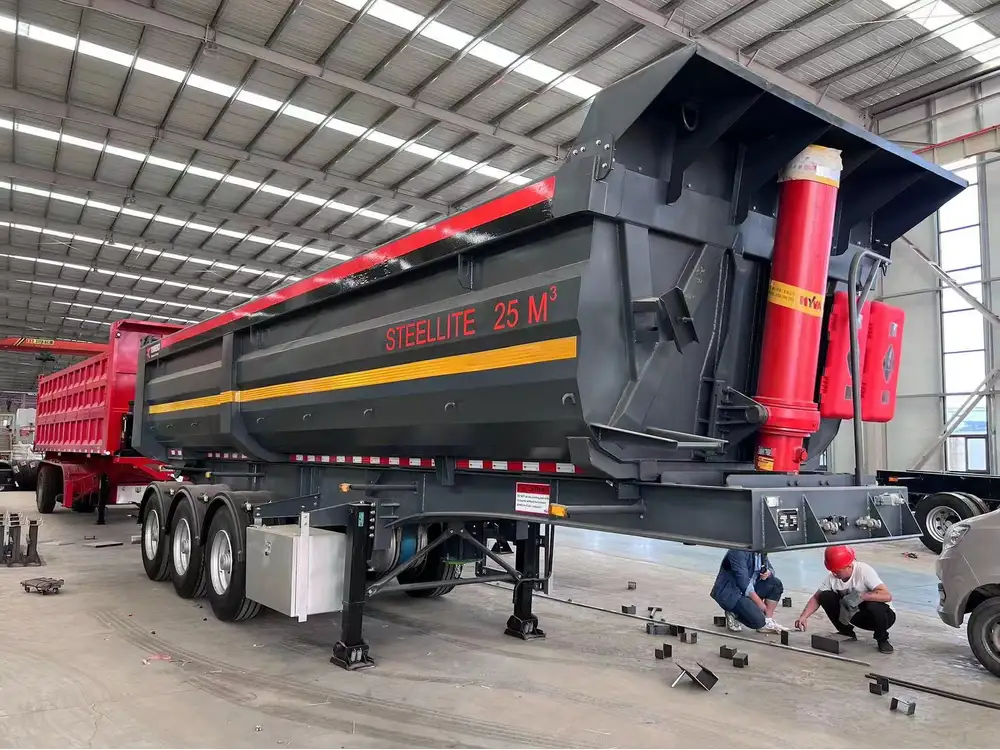
Comprehensive Services
- Load Securement Training: Expert-led training programs to equip your team with the knowledge and skills necessary for effective cargo securement.
- Regular Inspections and Maintenance: Scheduled inspections and maintenance services to keep your strapping systems in pristine condition.
- Consultation and Compliance Assistance: Dedicated support to help you navigate DOT regulations and implement compliant securement strategies.
Why Choose CarMax Trailer?
- Expertise: Years of experience in the heavy industry sector, providing reliable and compliant strapping solutions.
- Quality Assurance: Commitment to using only the highest quality materials and manufacturing processes to ensure durability and performance.
- Customer-Centric Approach: Focused on understanding and addressing the unique needs of each client, delivering personalized solutions that drive success.
Ensuring Compliance with CarMax Trailer
Maintaining DOT compliance is an ongoing process that requires attention to detail and a proactive approach. CarMax Trailer is your trusted partner in achieving and sustaining compliance, offering the tools, knowledge, and support necessary to keep your operations running smoothly.

Steps to Achieve DOT Compliant Strapping
- Assess Cargo Needs: Evaluate the specific requirements of your cargo to determine the appropriate strapping materials and techniques.
- Select Quality Strapping Products: Choose from our extensive range of DOT-approved strapping options to suit your needs.
- Implement Best Practices: Train your team in proper strapping techniques and establish standardized procedures for cargo securement.
- Conduct Regular Inspections: Schedule periodic inspections to identify and address any issues with your strapping systems.
- Maintain Documentation: Keep detailed records of strapping inspections, maintenance, and training to demonstrate compliance during audits.
Leveraging Technology for Improved Securement
CarMax Trailer integrates advanced technologies into our strapping solutions, enhancing the efficiency and reliability of cargo securement.
- Automated Tensioning Systems: Ensure precise and consistent tensioning of straps, reducing human error and enhancing securement quality.
- Smart Monitoring Devices: Real-time tracking of strap tension and condition, providing alerts for any discrepancies or maintenance needs.
- Digital Compliance Tools: Streamline documentation and reporting processes, making it easier to maintain records and demonstrate compliance.
Conclusion
Adhering to DOT strapping requirements is essential for the safe and efficient transportation of goods via semi-trailers. At CarMax Vehicle, we are committed to providing comprehensive strapping solutions that not only meet regulatory standards but also enhance the overall performance and reliability of your fleet. By choosing CarMax Trailer, you invest in safety, compliance, and operational excellence.
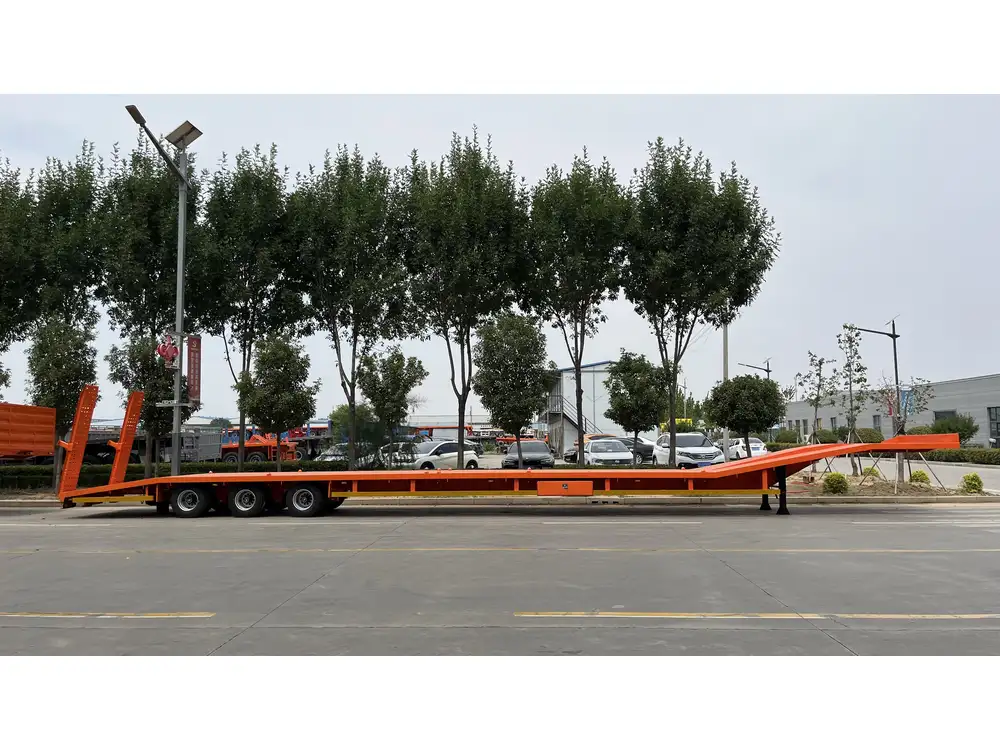
Frequently Asked Questions
1. What are the primary DOT regulations for cargo securement in semi-trailers?
The DOT’s Federal Motor Carrier Safety Regulations (FMCSRs) specify requirements for securing cargo, including the use of appropriate strapping materials, proper load distribution, and regular inspections to ensure compliance and safety.
2. How often should strapping systems be inspected on semi-trailers?
Strapping systems should be inspected before each trip and undergo a more thorough inspection at regular intervals, such as monthly or after exposure to harsh conditions, to identify and address any signs of wear or damage.
3. What are the consequences of not complying with DOT strapping requirements?
Non-compliance can result in fines, increased liability in case of accidents, cargo damage, and potential suspension of operating licenses, all of which can significantly impact a transportation business.
4. Can I use any type of strapping material as long as it is strong enough?
No, the strapping material must not only meet strength requirements but also comply with specific DOT standards regarding durability, elasticity, and suitability for the type of cargo being transported.
5. How does CarMax Trailer support companies in maintaining DOT compliance?
CarMax Trailer offers a range of compliant strapping products, comprehensive training programs, regular inspection services, and personalized consultation to help companies achieve and sustain DOT compliance effectively.



